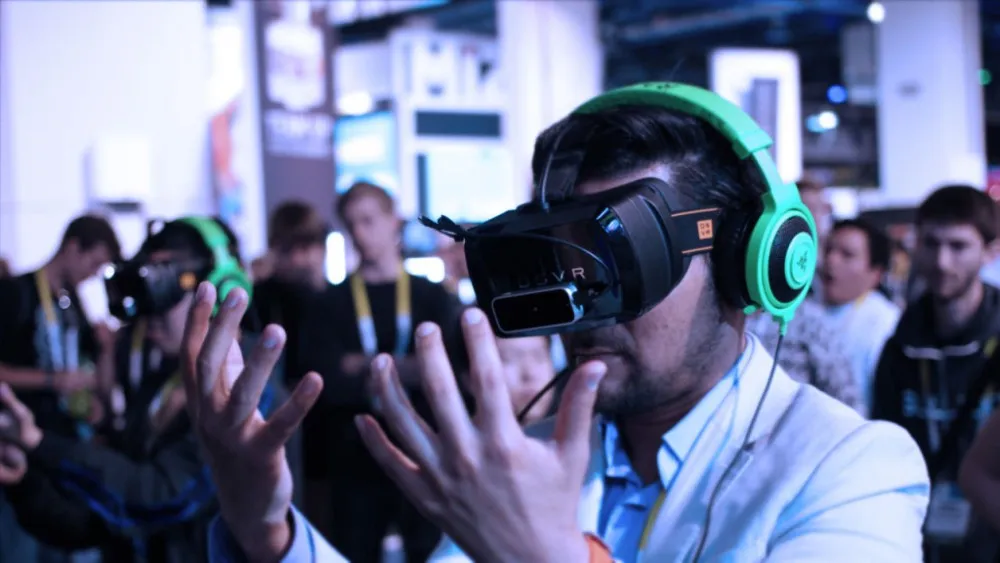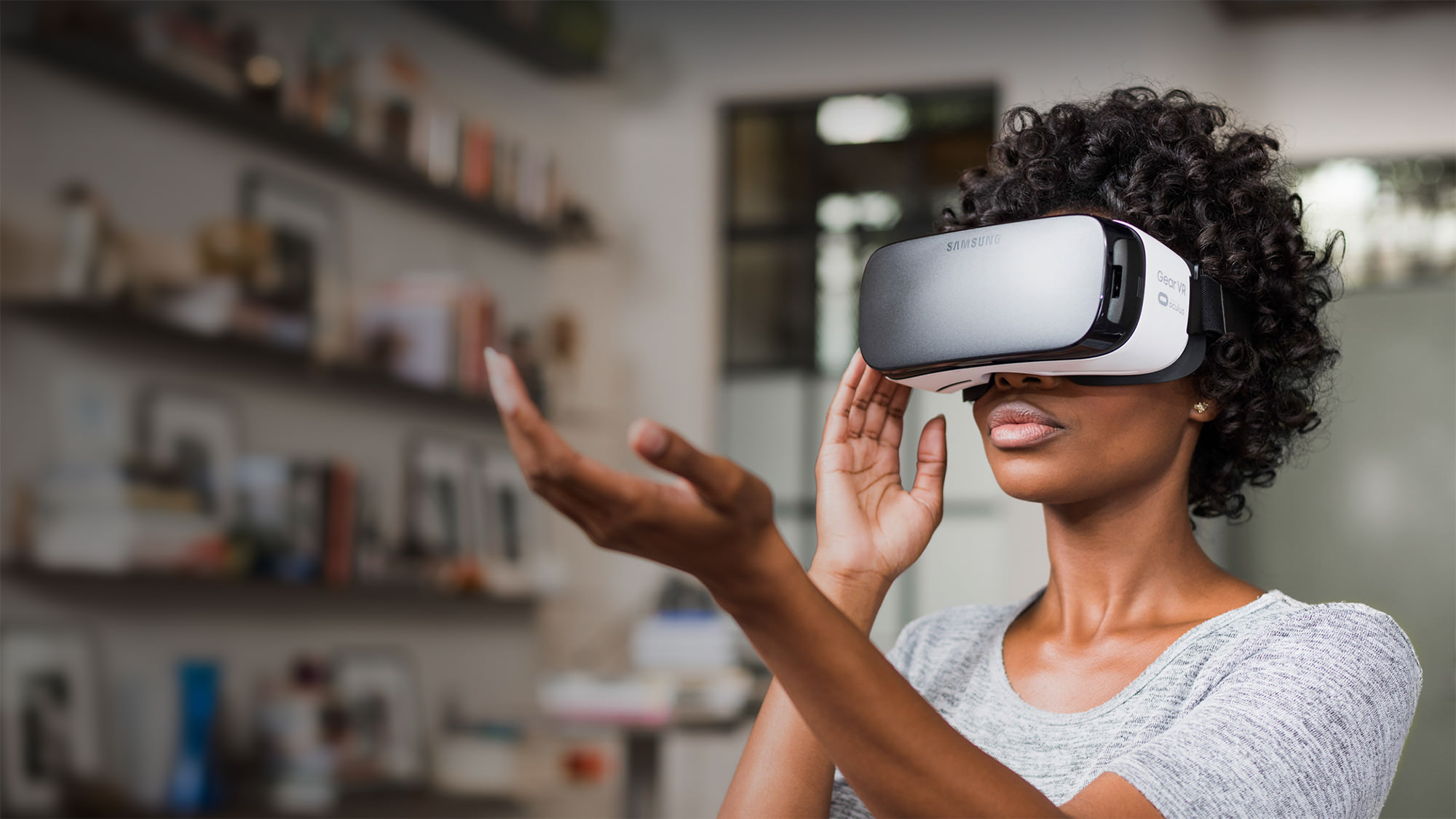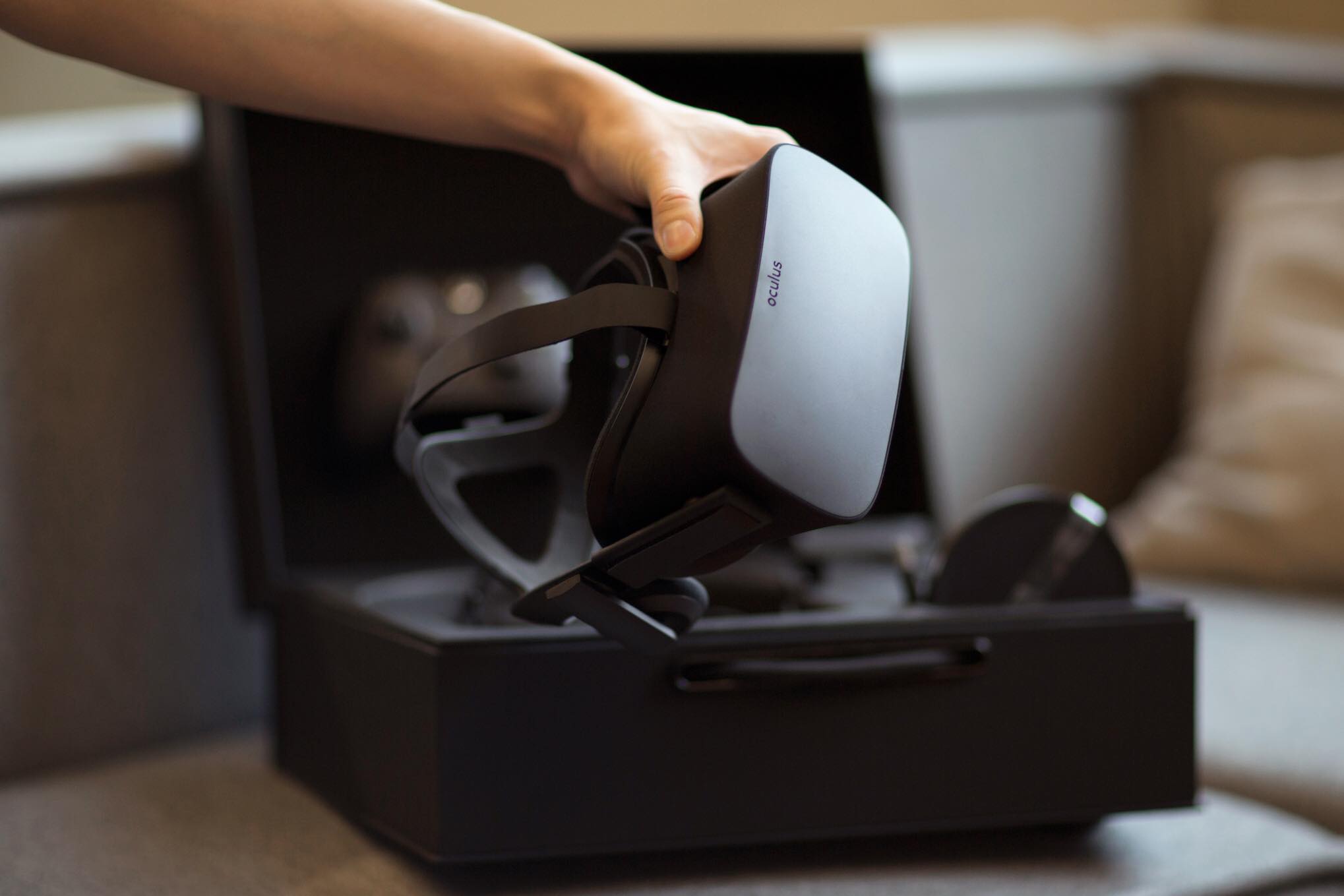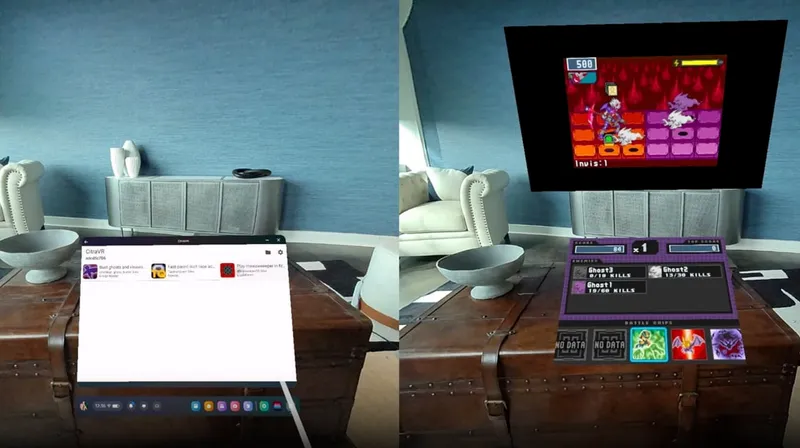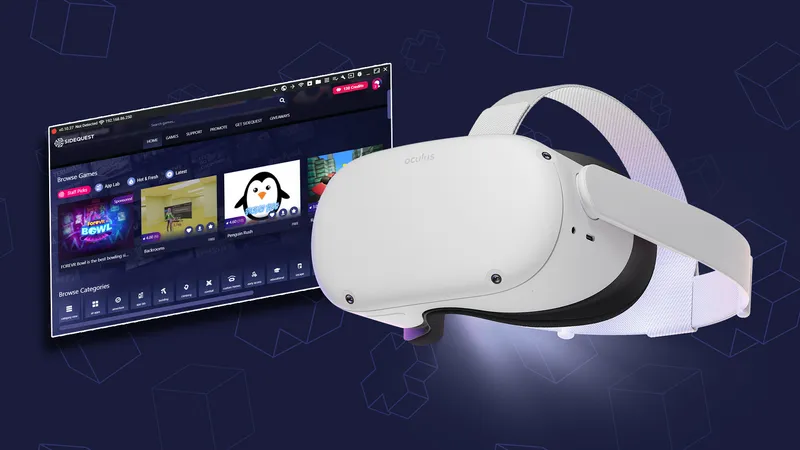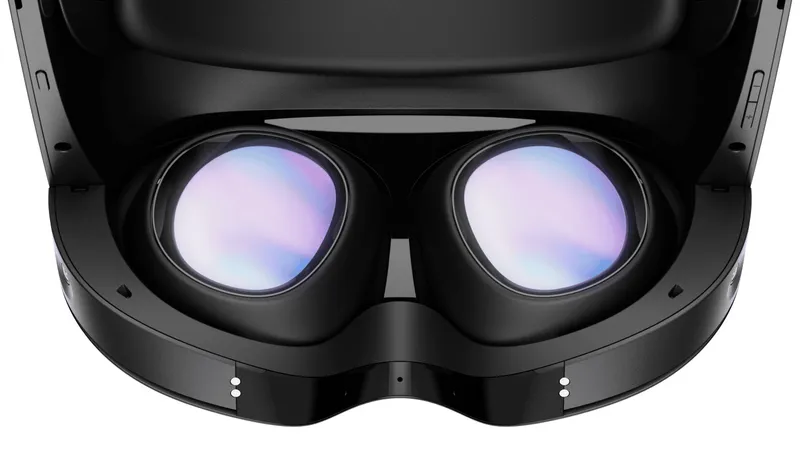Virtual reality is steadily creeping further and further into the public domain. The crowd of people who have little knowledge of this emerging technology is thinning.
With the increase of VR-focused events and conventions, VR cherries are being popped left, right, and center. Consumers have had access to Google Cardboard for (almost) 2 years, the Samsung Gear VR has been floating around for a fair while, and more recently the Oculus Rift and HTC Vive have fallen into our hands, with the PSVR on the horizon later this year.
With these things in mind it is important to remember that the current generation of VR is still a bit of a baby and we have a long way to go. We should be mindful, as developers, creators and enthusiasts, if we wish to nurture its growth.
It’s no secret that some VR experiences are so good or bad that they cause the user to have very “real” responses to it. With great immersion, comes great responsibility. We have to be particularly cautious and caring.
I’ve given hundreds of people their first experience with VR to date. I’ve attended and exhibited at events that focus on VR and conventions that welcome any gaming platform. Whether you are a developer introducing people to VR, or an enthusiast wanting to take your Gear VR to your parent’s house, I have a handful of suggestions for you that will make the initiation of new users into our eye-visor-wearing cult a pleasant one.
Supervision and Seating
This entire article was actually inspired by something horrific I witnessed at a travelling video game museum. It was primarily a place filled with retro gaming consoles and arcade machines. I’d just finished screaming in agony at the original Donkey Kong, when I caught sight of a DK2 hooked up to a screen. The first thing I noticed was that the DK2 was completely unattended. There was also no seating so people were playing the demo standing up. I felt myself scream internally. The demo in question was an extremely fast-paced racing game.
I stood and watched a lady play, as she wobbled around, her partner grabbed her to keep her steady. I considered intervening, but she was already taking the DK2 off by the time I had started to approach. She walked away looking totally dazed.
I hate the thought of someone playing that same demo alone, falling over, and taking away a very bad first impression of VR as a new user. I’ve probably had nightmares about it. It has stayed in my mind as a prominent example of how VR should not be introduced and showcased to people.
Please don’t leave people (especially new users and general members of the public) alone with VR demos. This is especially important if the demo in question could be disorientating. Unless the game is designed for a standing experience, I would recommend always having seating available too.
You also want to stick around in-case the device crashes or bugs out in some way. New users of VR won’t know how to reset or reconfigure it themselves, and thus will probably just give up. Don’t be afraid to ask the user how things are going during their experience as well.
Checking the User’s Level of Experience
Whether you are demoing a VR experience at an event or at home, get yourself into the habit of asking the user if they have ever used the device in question before. Doing this allows you to gauge not only what sort of reaction to expect from them, but how much instruction you need to give. I think it is important to note that although gaming has been mainstream for decades and we are a very tech-savvy species, some VR headsets might not necessarily be intuitive. If someone has used a Google Cardboard before and you put a Gear VR on their head, they may not expect to be able to use the touchpad. Trust me; it isn’t as apparent as you may think it is, unless you already know it is there. They might assume that their control is limited to head movement because they have no gamepad in hand for some experiences.
It’s important to make sure new users also know how to adjust the headset to cater to their eye-sight. A lot of people probably expect a lack of clarity and won’t bother to look for a way to get a better look at things. We truly need to take a step back and try to look at things from the perspective of someone totally new to VR. Many of us have been dabbling in it for years and it can be easy to forget that.
Keeping Devices Clean
Baby-wipes are your friend! When I head out to an event with headsets, I always have a good supply of baby-wipes with me. It can get a little gross. Especially for more physically active demos that utilize full body movement and room scale tracking – it’s easy to work up a sweat! After around 10 people you will want to give the lenses and face cushions a good rub, they are great for collecting excess sweat and smudges. Baby wipes are great in particular because they lack harsh chemicals which add things like fragrance. These chemicals can sometimes leave the lenses looking streaky and be careful about their potential for scratching the sensitive lenses as well. You may want to opt for a microfiber cloth on the lenses.
Above all else though, you don’t want to hand a new user a VR device covered in someone else’s sweat, it will immediately make the experience negative and change their feelings, even if only slightly, toward the demo.
Introducing new users to VR requires a lot of repetition and care. I’d argue that it would be hard to be overbearing with it, but easy to be neglectful. VR is still new, and should be handled with care if we are to make it as fun as possible for everyone.
—
Article contributed by Daley Johnson. Daley works as a Community Manager for the UK-based game development studio Coatsink. You can follow her on Twitter: @Daley_Kong.

